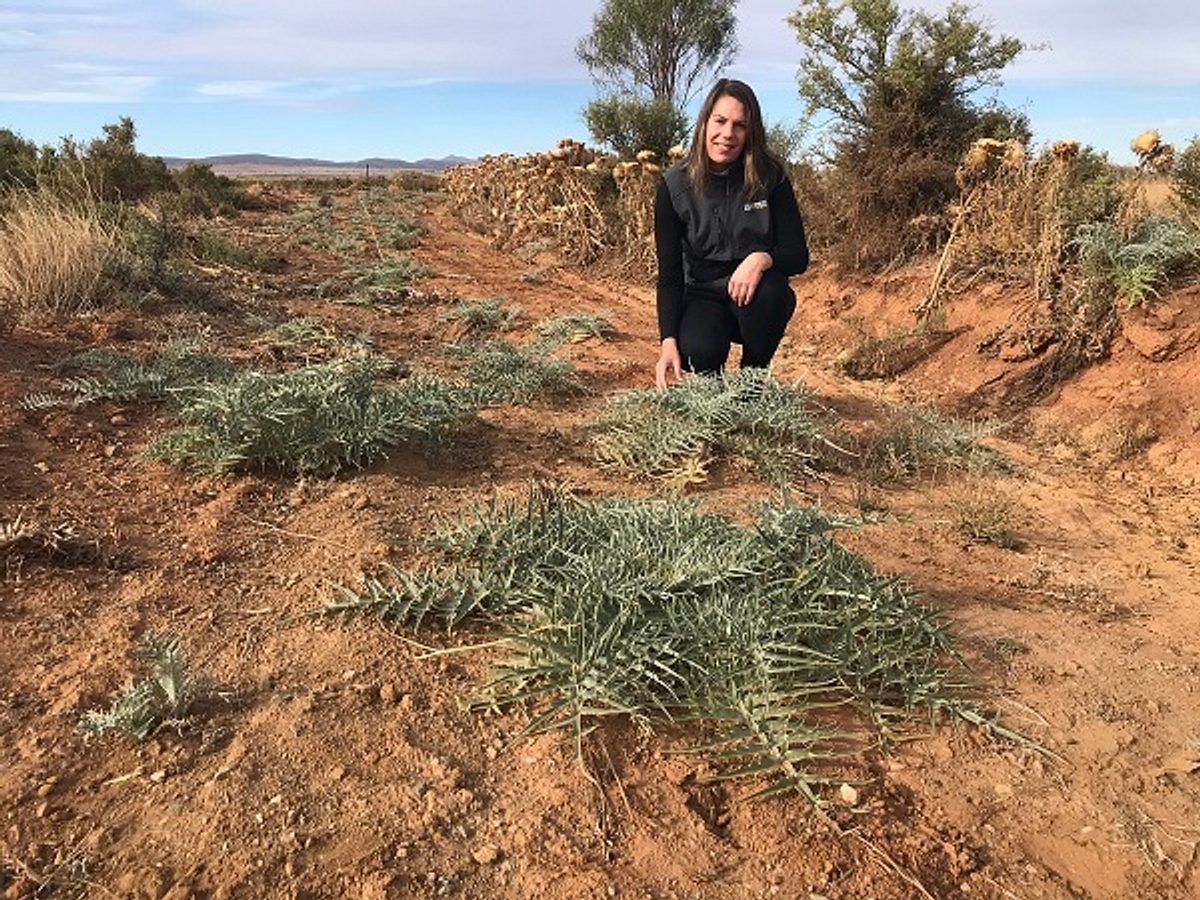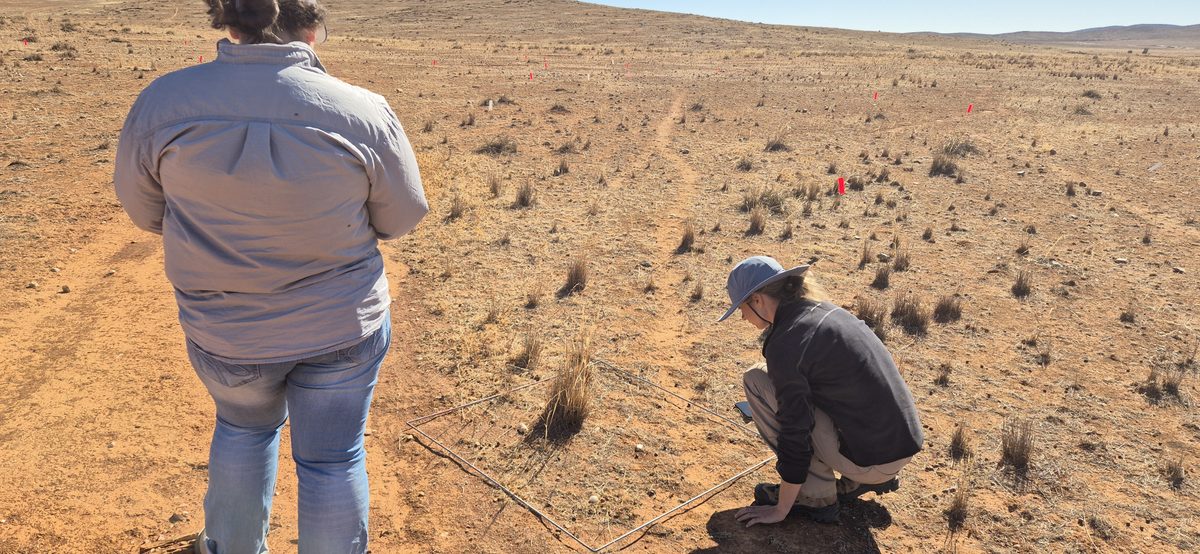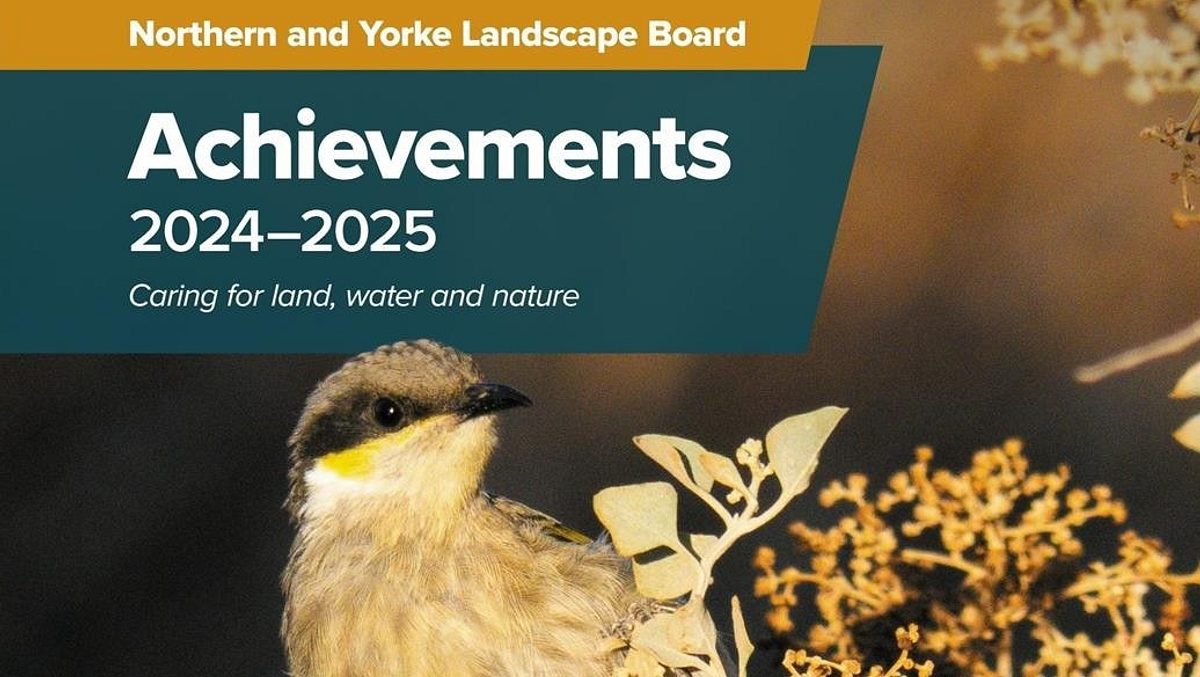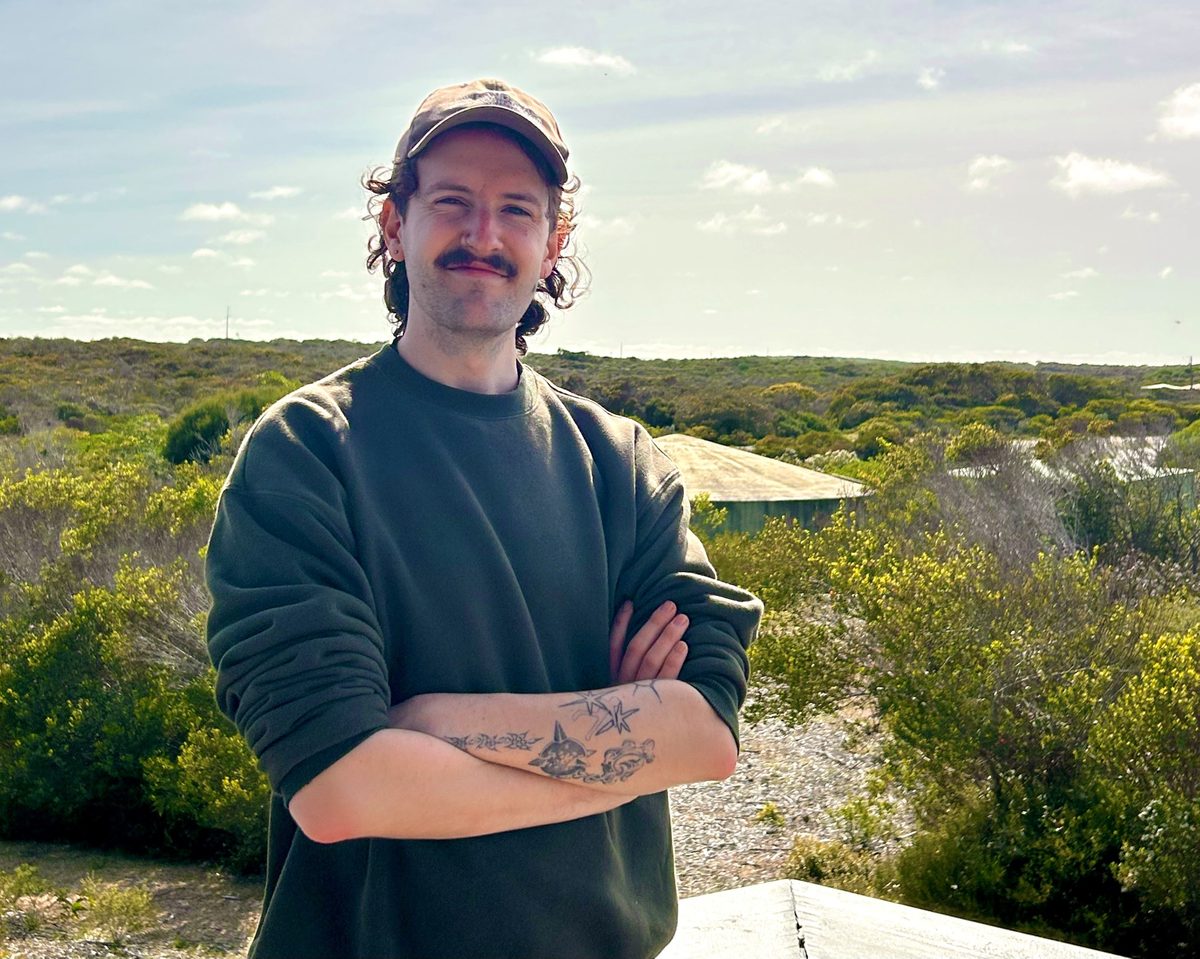Waterways an accomplice and victim of Wild Artichoke weed
Media release about controlling Wild Artichoke
Precious waterways and grazing water sources in the Southern Flinders and Mid North are at risk of falling victim to the invasive Wild Artichoke weed without intervention by landholders leading up to flowering in spring.
Producing up to 200 seeds per flower, the spiky pest plant is equipped to quickly invade and infest waterways and also spread to new destinations in the region with the flow of water.
Northern and Yorke Landscape Board Officer Alexia Catford said controlling Wild Artichokes before seed set and spread was critical to keep this insidious weed at bay.
“Just as its name suggests, Wild Artichoke can choke waterways if left uncontrolled,” said Ms Catford. “The window of opportunity to stop the spread of this declared weed is now. If left to its own devices, it will continue to grow until late spring when it flowers and produces masses of seeds. Control is particularly needed in waterways to prevent spread and protect high value landscape assets, like creek catchments, dams and reservoirs.”

Wild Artichoke (Cynara cardunculus), is a spiny, erect plant with a silky, green appearance and blue-purple flowers that can reach up to two metres in height. Commonly found in creeks, floodplains and swamps, it forms dense clusters of prickly vegetation where it suppresses the growth of native plants, degrades habitat for native animals and dominates pasture, reducing valuable food supply for stock. If left uncontrolled, it can seriously impact a farm’s income by reducing the property’s carrying capacity. Long, ridged spines on the leaves and flowers also deter grazing animals and prevent them from accessing water sources.
While controlling Wild Artichoke takes a long-term approach, Ms Catford said landholders shouldn’t be deterred. “This weed is not difficult to control with the right herbicide and our Landscape Officers can help with best practice methods, especially in sensitive areas such as water courses,” she said. “The key is to exhaust the seed bank and destroy the large, long-lived tap root that robs valuable nutrients and moisture from soils.
“Old plants, including dried flowers should be destroyed before flowering begins in October to save seed fall and more work down the track.”
Wild Artichoke can be found across the Northern and Yorke region, but is particularly evident along waterways in the Mid North and Southern Flinders. For pest plant control advice, contact the Northern and Yorke Landscape Board on 8841 3444.


